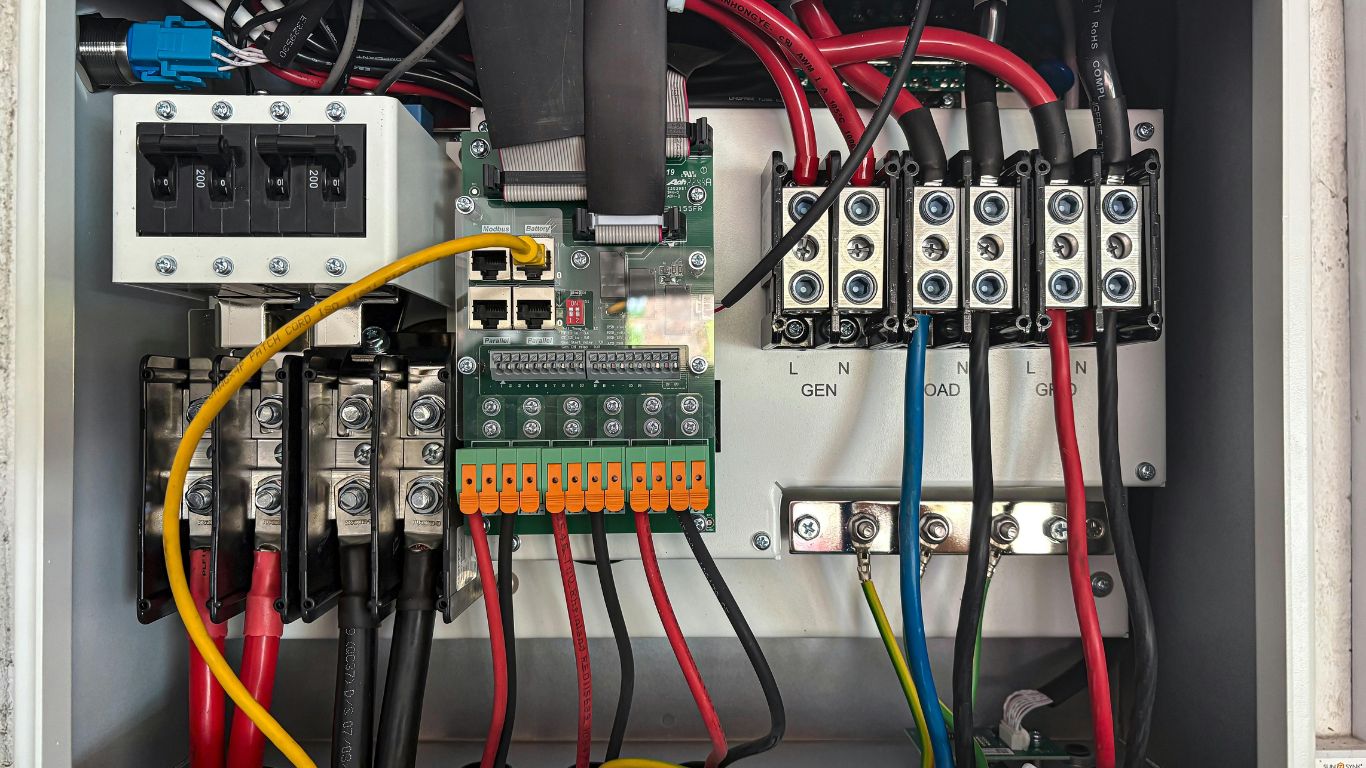The gearbox is a vital component of any vehicle, and in the case of the Honda Fit, it plays a crucial role in the smooth functioning of the transmission system. If you’re experiencing problems with your Honda Fit’s gearbox, it can lead to rough shifting, slipping gears, or even complete transmission failure. In such cases, getting reliable gearbox repair services is essential to restore your vehicle’s performance. In this article, we will guide you through the key aspects of repairing the Honda Fit gearbox, including common issues, fluid maintenance, and when you may need professional assistance.
Honda Fit Transmission
The Honda Fit comes with either a manual or automatic transmission, both of which rely on the gearbox to transmit power from the engine to the wheels. The transmission system ensures smooth gear shifting and optimal performance. However, over time, wear and tear, lack of maintenance, or faulty components can lead to gearbox malfunctions.
A faulty transmission can manifest in various ways. For instance, you might notice hesitation or difficulty shifting gears, strange noises, or slipping gears. If any of these symptoms occur, it’s important to get your gearbox checked immediately. Neglecting gearbox issues can lead to more severe damage and costly repairs in the future. In many cases, repairing or replacing damaged transmission components may be necessary to restore the vehicle’s performance.
Honda Fit Transmission Fluid
Transmission fluid plays a crucial role in lubricating the gearbox components, reducing friction, and ensuring smooth gear transitions. Over time, the fluid can degrade or become contaminated, leading to poor performance and potential gearbox failure. It’s essential to check the transmission fluid regularly and ensure it’s at the correct level.
For the Honda Fit, the transmission fluid should be checked when the engine is warm, and the vehicle is on level ground. Low fluid levels can lead to rough shifting or even total transmission failure if not addressed promptly. If the fluid appears dark or smells burnt, it may need to be replaced. Regular maintenance of the transmission fluid is vital for the longevity of your gearbox and smooth operation of your Honda Fit.
How Do You Know if You Need a Transmission Fluid Change or Transmission Flush?
A transmission fluid change or flush is necessary to maintain the health of your gearbox. The need for a fluid change arises when the transmission fluid is either low or contaminated. Here are some signs that you may need a transmission fluid change or flush:
1. Delayed or Rough Shifting: If you notice that your Honda Fit hesitates or jerks when shifting gears, it could be a sign that the fluid is low or dirty. Clean fluid ensures smooth transitions between gears.
2. Strange Noises: Grinding or whining noises from the gearbox often indicate insufficient or contaminated fluid. These noises can be caused by increased friction between the internal components.
3. Fluid Color and Consistency: Transmission fluid should be a bright red or pink color. If it appears dark brown or black, it indicates that the fluid is contaminated and needs to be replaced.
4. Burnt Smell: A burnt odor is a clear indication that the fluid has overheated or has been in use for too long. This could lead to damage to the gearbox and the need for a fluid change.
In some cases, a transmission flush may be necessary, especially if the fluid has been neglected for an extended period. A flush involves draining the old fluid from the transmission system and replacing it with fresh fluid, ensuring that the system is properly cleaned and lubricated. However, a flush should only be performed when required, as it is more intensive than a simple fluid change and may be better suited for high-mileage vehicles or severe fluid contamination.
Honda Fit Transmission Replacement
Transmission replacement can be a costly and complex process, but sometimes it’s the best solution for severe gearbox damage. If your Honda Fit’s transmission is beyond repair or has significant internal damage, replacement may be the only option. Signs that your transmission may need to be replaced include:
1. Complete Transmission Failure: If your car refuses to shift gears, has no power output, or is unable to move, the transmission may have failed completely.
2. Severe Slipping or Jerking: If the gearbox continues to slip or jerk when shifting despite fluid changes or repairs, it could be a sign of severe internal damage that requires a full replacement.
3. Constant Leaks: While some minor leaks can be fixed with seal replacements, constant and extensive fluid leaks from the gearbox may indicate irreparable damage that warrants a new transmission.
Replacing the transmission of your Honda Fit typically involves removing the entire gearbox assembly, installing a new or rebuilt transmission, and reassembling the vehicle. This is a major repair, and it’s crucial to rely on skilled professionals to handle the replacement to avoid further complications.
DIY Repair vs Professional Gearbox Repair
While some Honda Fit owners may attempt to repair minor gearbox issues themselves, gearbox repair is a complex task that often requires specialized knowledge, tools, and experience. DIY repairs are generally limited to tasks like checking fluid levels, replacing seals, or cleaning components. However, any major gearbox issues, such as slipping gears, poor shifting, or internal damage, should be handled by professionals.
Professional gearbox repair services offer several advantages, including:
Expert Diagnosis: A qualified technician can quickly and accurately identify the root cause of the issue and recommend the best course of action, whether it’s a simple repair or a complete replacement.
Proper Tools and Equipment: Gearbox repair requires specific tools, such as diagnostic machines, gear pullers, and torque wrenches, that may not be available to the average car owner. A professional repair shop will have access to all the necessary equipment to perform repairs efficiently.
Long-Term Solutions: Professional repair services ensure that the gearbox is fixed correctly the first time, helping to prevent recurring issues and expensive repairs in the future.
By opting for professional gearbox repair services, you ensure that your Honda Fit’s gearbox is restored to its optimal performance, saving time and money in the long run.
Conclusion:
The gearbox in your Honda Fit is an essential part of the vehicle’s drivetrain, and its repair or replacement should be handled with care and precision. Whether you’re dealing with issues related to transmission fluid, rough shifting, or the need for a full transmission replacement, knowing when to seek professional help is crucial. For reliable gearbox repair services, always choose experienced technicians who can accurately diagnose and resolve gearbox problems, ensuring that your Honda Fit continues to perform at its best for years to come.



